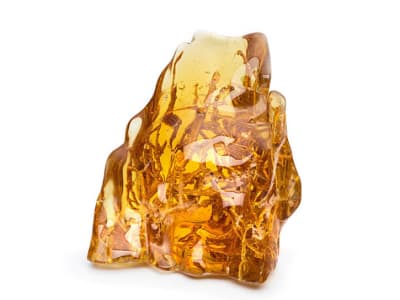Copal can be thought of as 'baby amber.' Like its much older counterpart, it is a hardened resin that originated as tree sap. Copal is similar in both appearance and chemistry to amber. Opinions vary from source to source as to when copal becomes amber, but the general consensus is that organic resin younger than 10 million years old is copal, while anything older is amber. As amber can be as old as 360 million years old, copal is substantially younger.
General Information
Tolerance:(-0.010)
LWUV: Inert to weak bluish white
Copal Colors
-
 Blue
Blue -
 Brown
Brown -
 Green
Green -
 Multi-color
Multi-color -
 Orange
Orange -
 Red
Red -
 Yellow
Yellow
Countries of Origin
Colombia; Unknown; Poland; Madagascar; Lithuania
Care
Copal is very soft and less stable than amber when left untreated. Avoid abrasives, ultrasonic, solvents and heat. Avoid prolonged direct sunlight, avoid alcohol and perfumes. Requires gentle handling. Clean with soft damp cloth only.


